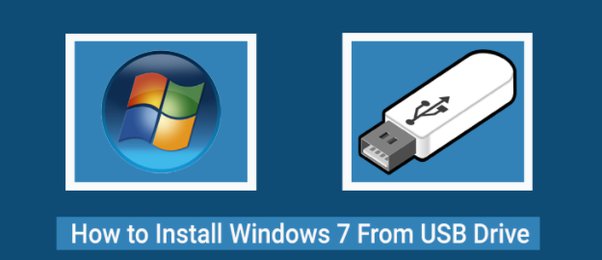How to Create a Batch (BAT) File in Windows: 5 Simple Steps

Batch files, also known as BAT files, are simple scripts that allow you to automate tasks in Windows. These files are particularly useful for performing repetitive or complex tasks, such as running multiple commands or programs with a single click.
Creating a batch file in Windows is a straightforward process, and in this article, we’ll show you how to create one with just a few simple steps.
Step 1: Open Notepad
The first step to creating a batch file in Windows is to open Notepad. You can do this by pressing the Windows key + R, typing “notepad” in the Run dialog box, and clicking OK.
Step 2: Write your code
Once Notepad is open, it’s time to write your batch file code. This can be any series of commands or programs that you want to automate. For example, you might create a batch file that opens a specific folder, launches a program, and displays a message.
Here’s an example of some code that you might use:
@echo off
cd C:\Users\Username\Documents\Folder
start program.exe
echo Batch file complete
This code does the following:
– The ‘@echo off’ command turns off the display of the command prompt.
– The ‘cd’ command navigates to the specified folder.
– The ‘start’ command launches the specified program.
– The ‘echo’ command displays a message.
Step 3: Save the file
Once you’ve written your code, it’s time to save the batch file. To do this, click File > Save As in Notepad. In the Save As dialog box, enter a name for your batch file and add the .bat extension at the end. For example, you might name your file “automate_tasks.bat”.
Step 4: Choose a save location
Once you’ve named your batch file and added the .bat extension, you need to choose a location to save it. It’s best to save batch files in a location that is easy to access, such as the desktop or a folder that you frequently use.
Step 5: Test your batch file
Now that your batch file is saved, it’s time to test it. To do this, simply double-click the file and see if it performs the tasks that you’ve specified in your code. If everything works as expected, congratulations – you’ve successfully created a batch file in Windows!






